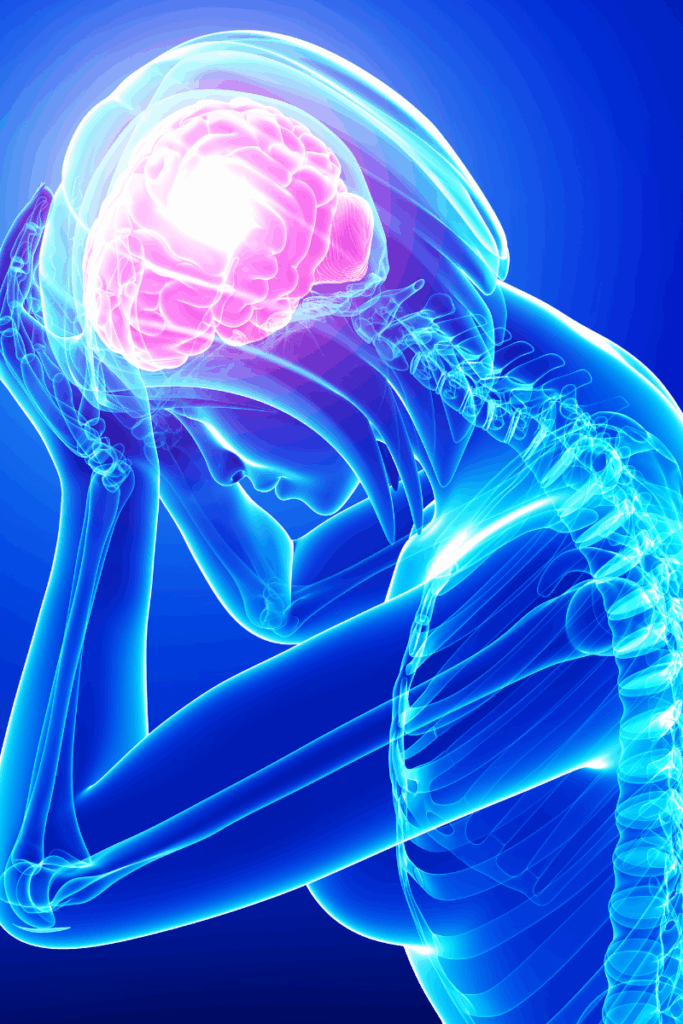Pain Science 101: How Your Brain Influences Recovery
Posted by: Reform Physical Therapy in Pain Management on August 18, 2025
Understanding Pain Beyond the Injury
When you think of pain, it’s natural to picture the injured body part — an ankle sprain, a sore shoulder, a stiff back. But pain isn’t just a signal from your body; it’s an experience created and processed by your brain.
This means that your thoughts, emotions, stress levels, and past experiences all play a role in how you feel pain — and how you recover from it.
At Reform Physical Therapy, we believe that understanding the science of pain can help you heal more effectively and regain confidence in your body.
Pain Is a Protective System
Your brain’s primary job is to keep you safe. When it senses potential harm, it sends out a “pain alarm” to prompt you to act — whether that means resting, avoiding certain movements, or seeking treatment.
Sometimes this alarm system is accurate and helpful. Other times, it can stay “switched on” long after your tissues have healed, leading to ongoing discomfort even though the injury is no longer present.
Why the Brain Can Keep Pain Going
Several factors can cause your brain to amplify or prolong pain signals:
- Stress and anxiety increase muscle tension and sensitivity.
- Fear of movement can make you avoid activity, slowing recovery.
- Past injury experiences can influence your perception of new pain.
- Poor sleep can lower your pain tolerance.
- Negative beliefs about pain can cause your brain to be more protective.
How Physical Therapy Helps Retrain the Brain
Physical therapy isn’t just about strengthening muscles and restoring mobility — it also helps retrain your brain’s response to movement and pain.
Our approach may include:
- Education about how pain works, so you feel more in control.
- Graded exposure — gradually reintroducing movement to reduce fear and build confidence.
- Manual therapy and exercise to improve function and reduce sensitivity.
- Relaxation and breathing techniques to calm the nervous system.
When you understand that pain is not always equal to damage, you can approach recovery with less fear and more confidence.
Self-Management Strategies for Pain
You can support your recovery by:
- Staying active in safe, progressive ways.
- Practicing relaxation techniques like deep breathing or meditation.
- Getting adequate sleep and nutrition.
- Challenging negative thoughts about movement or pain.
- Working closely with your physical therapist to adjust your plan as needed.
The Mind-Body Connection Is Powerful
Your recovery is influenced by both the physical state of your tissues and the way your brain interprets signals from your body. By addressing both, you can break the cycle of persistent pain and restore function more effectively.
At Reform Physical Therapy, we’re here to guide you through every step — with strategies that target both body and brain.
Start Your Recovery Journey
If pain is holding you back, we can help you understand what’s really happening and design a plan to move forward confidently.
Call us to schedule an evaluation or visit one of our Southern Maine locations



